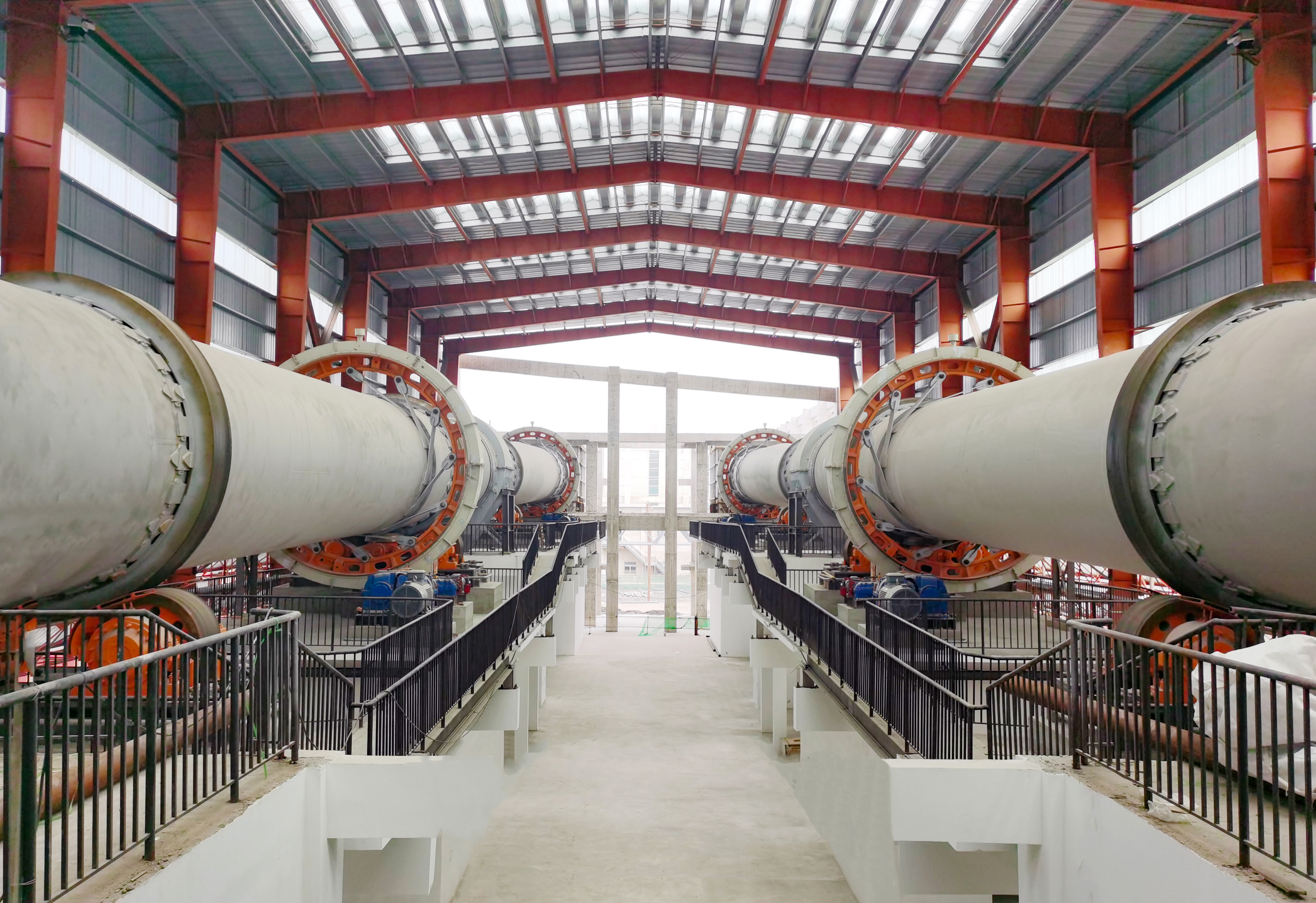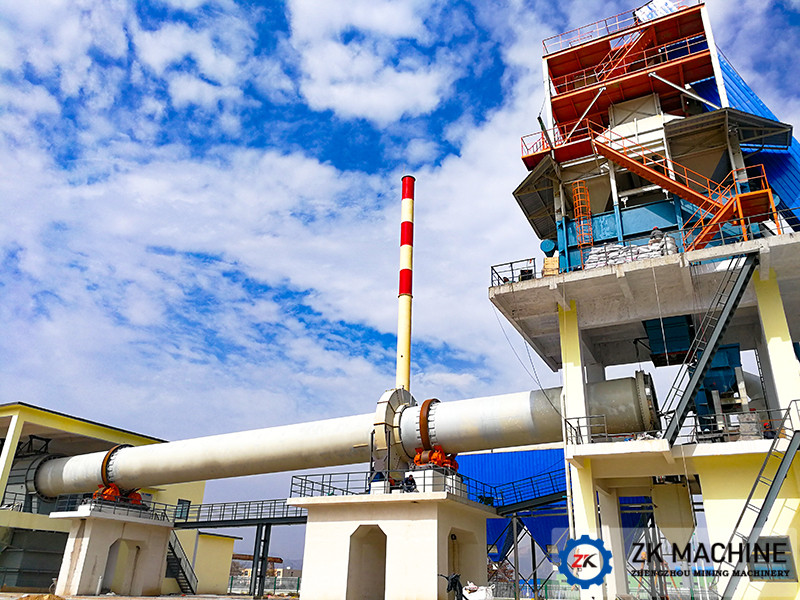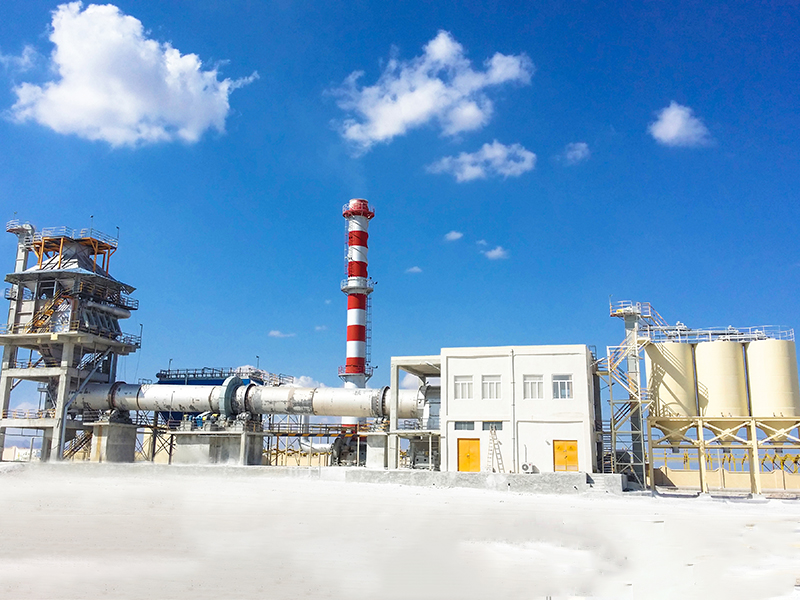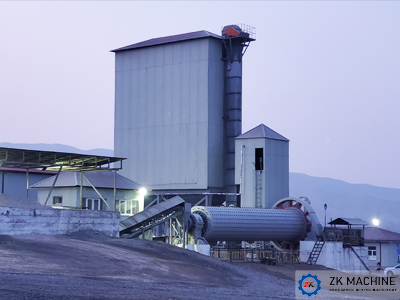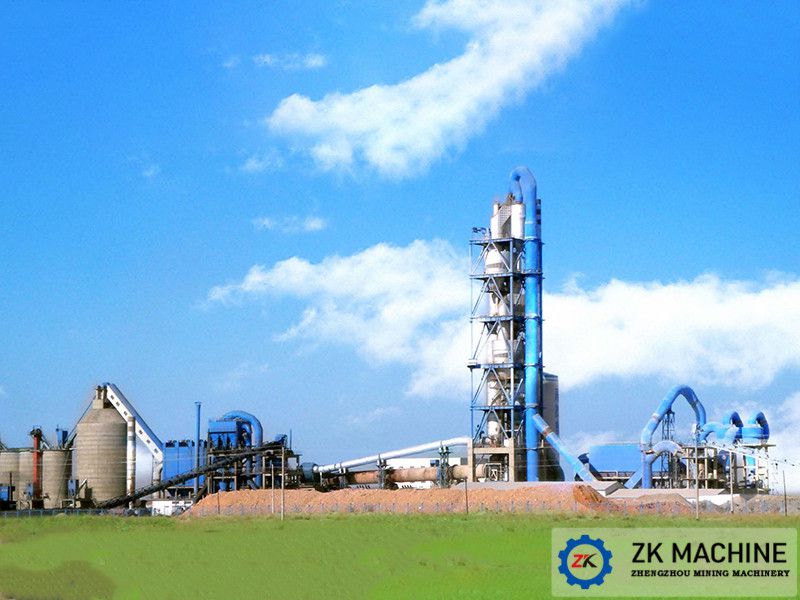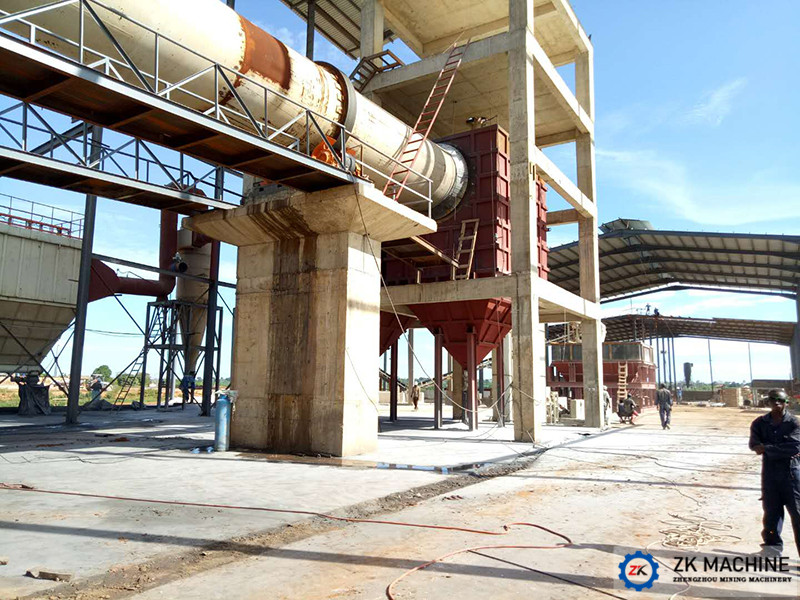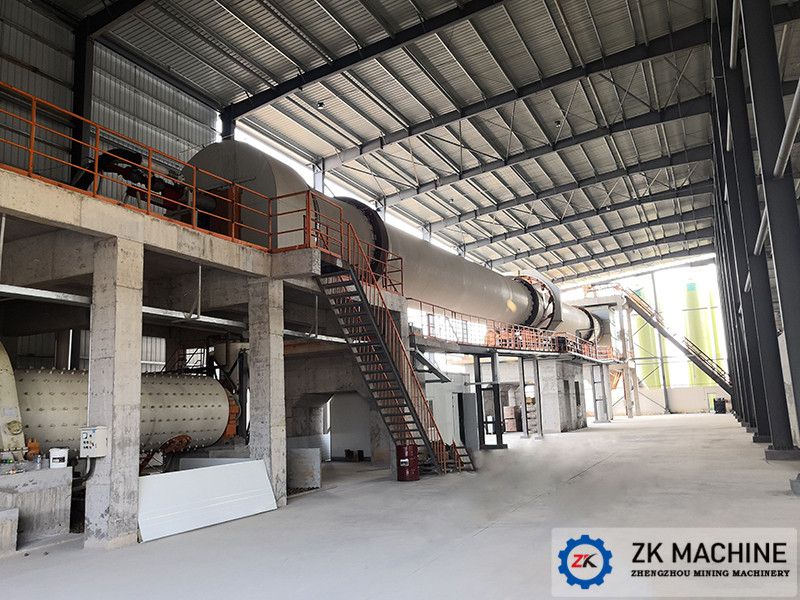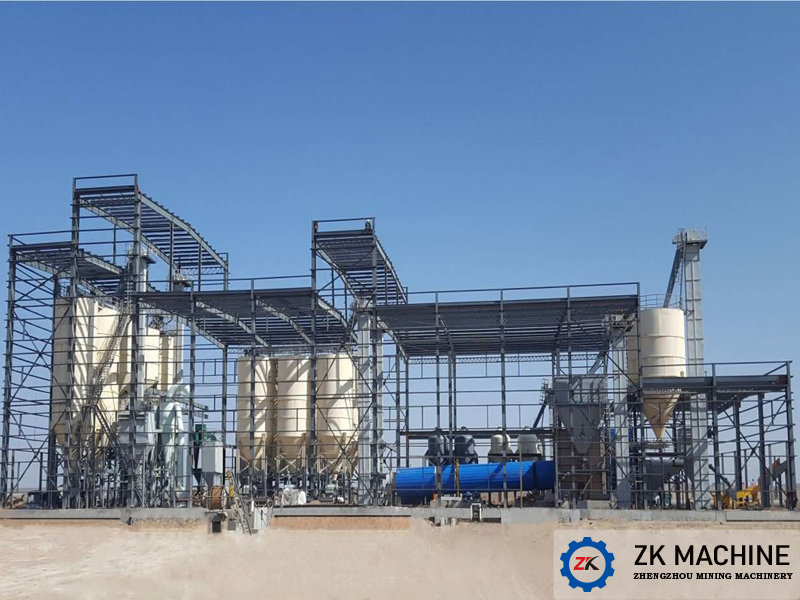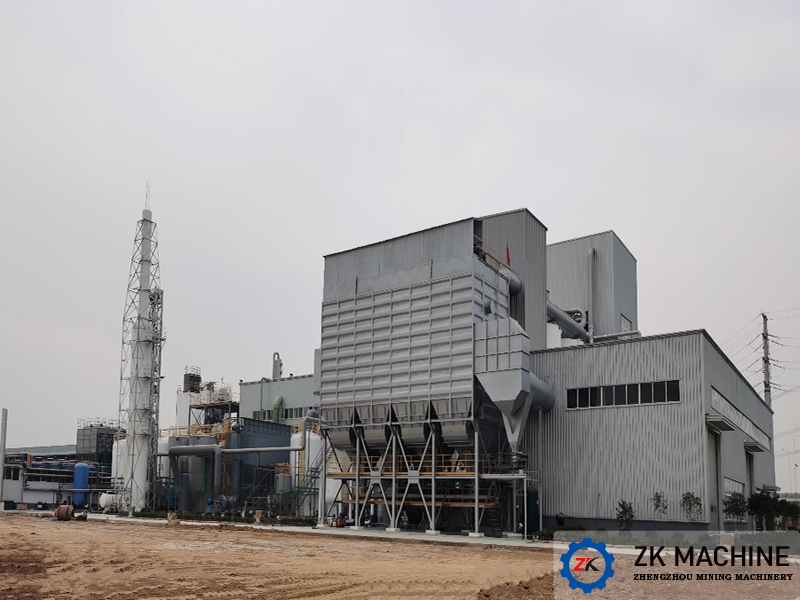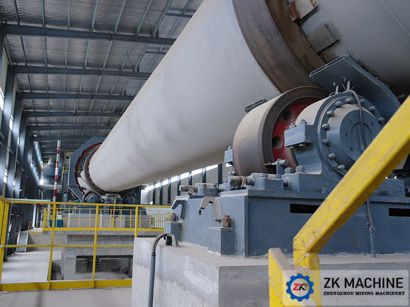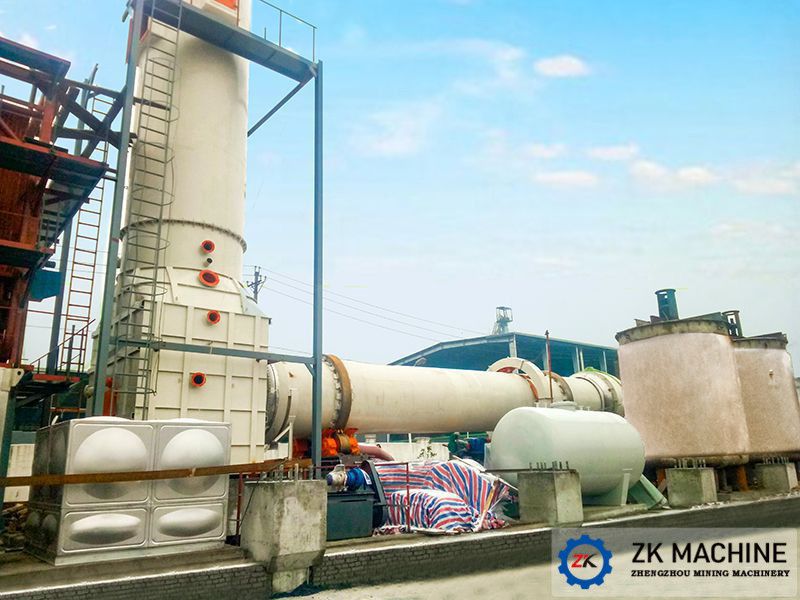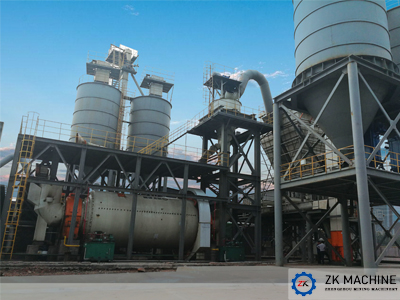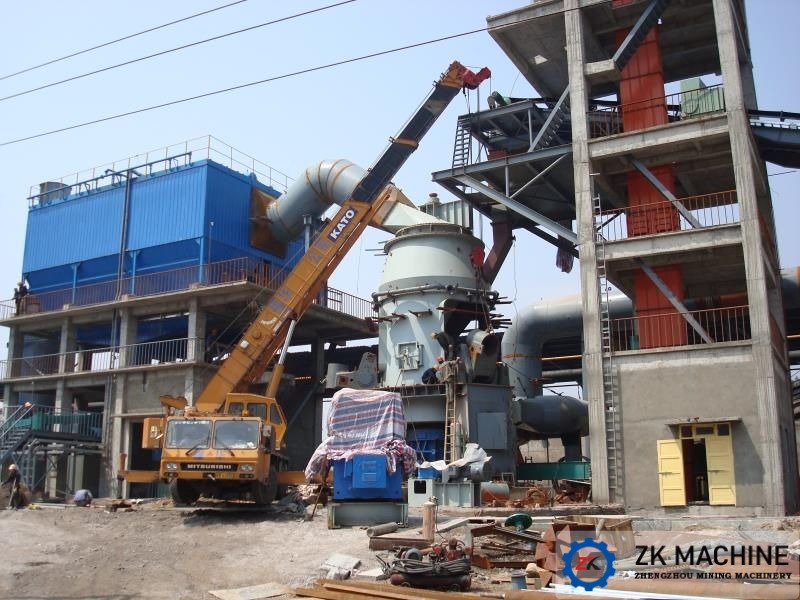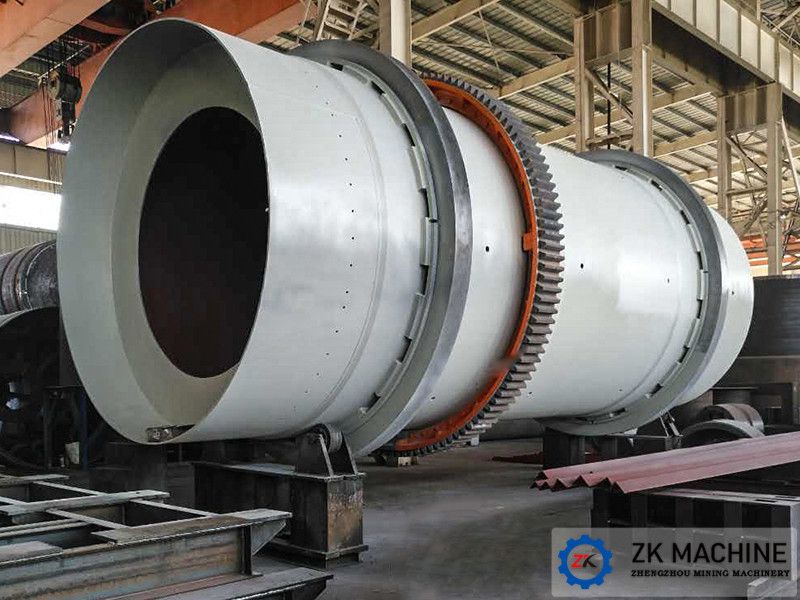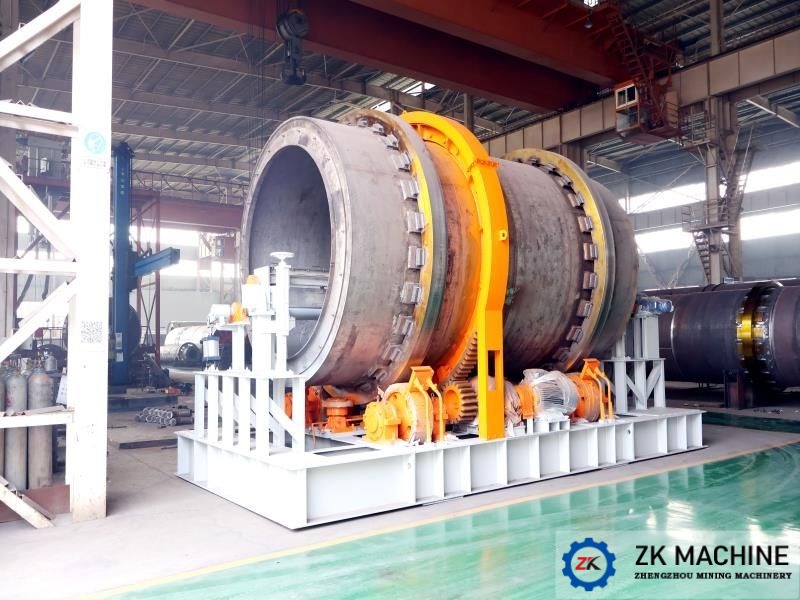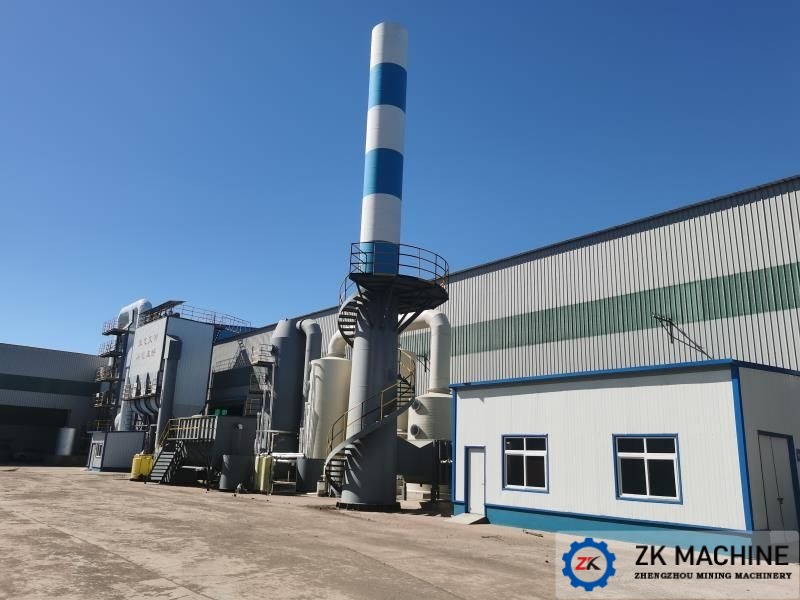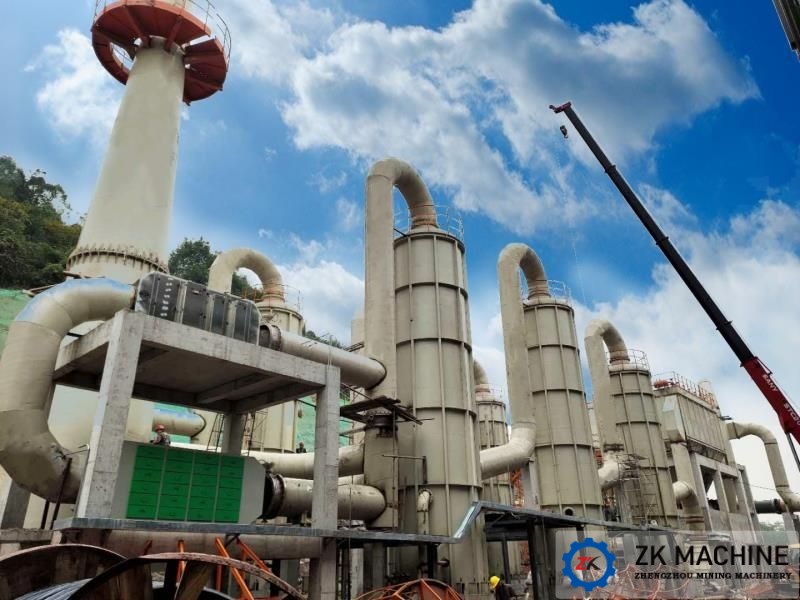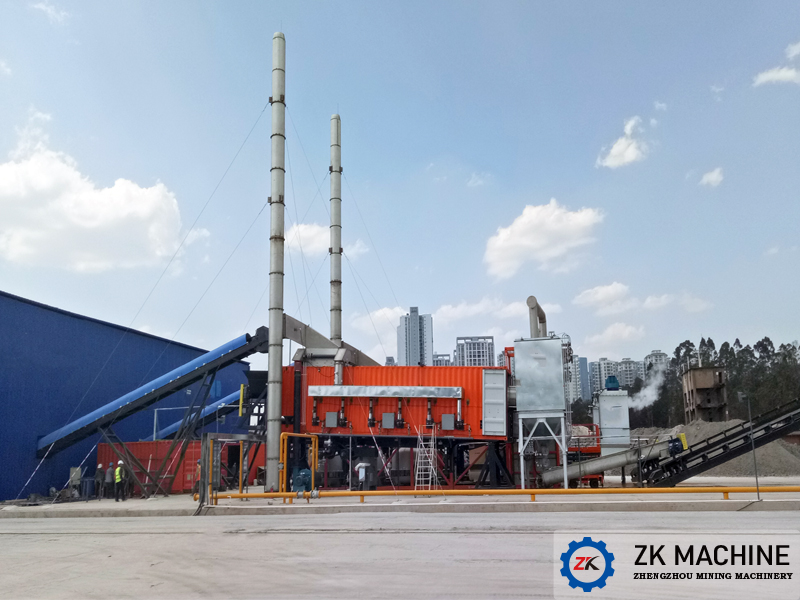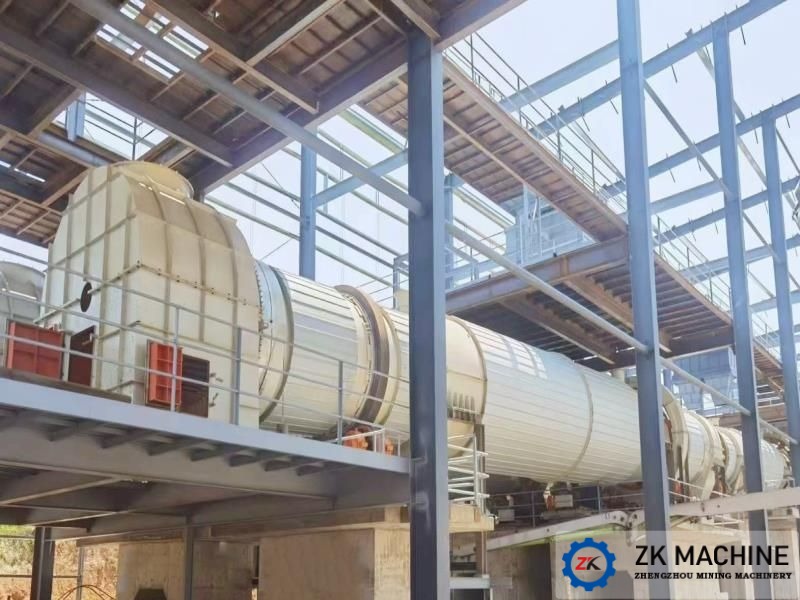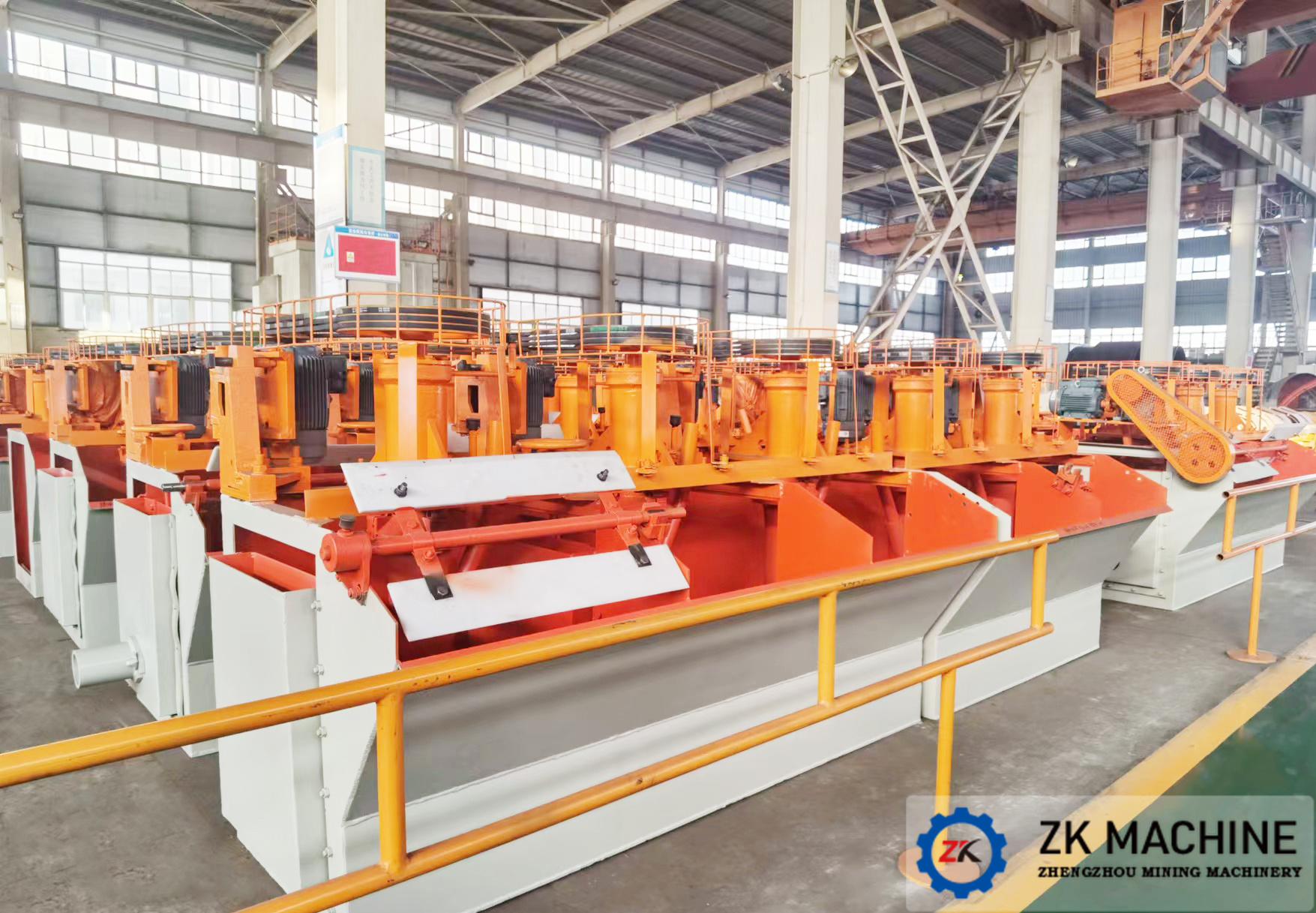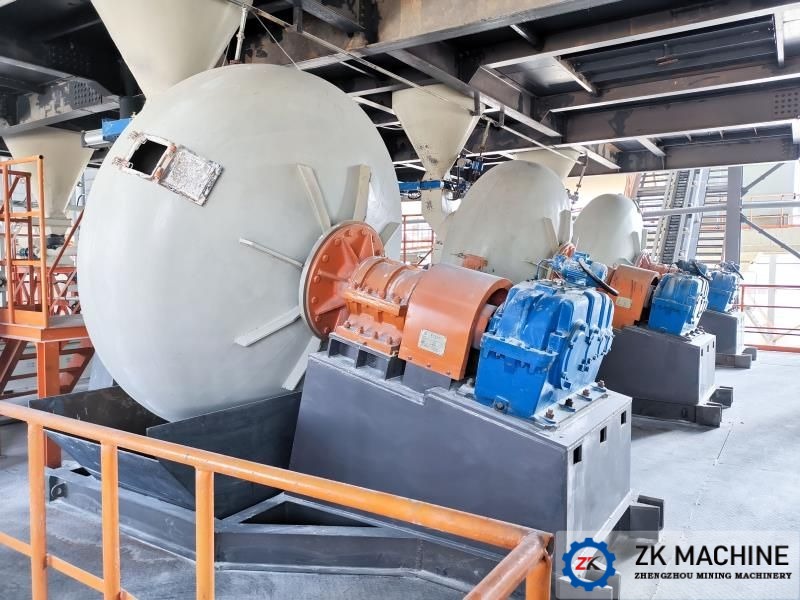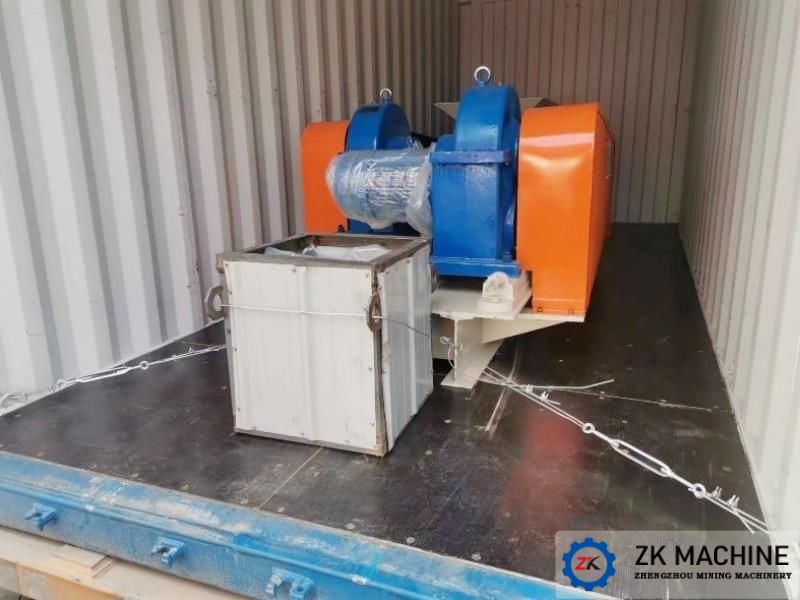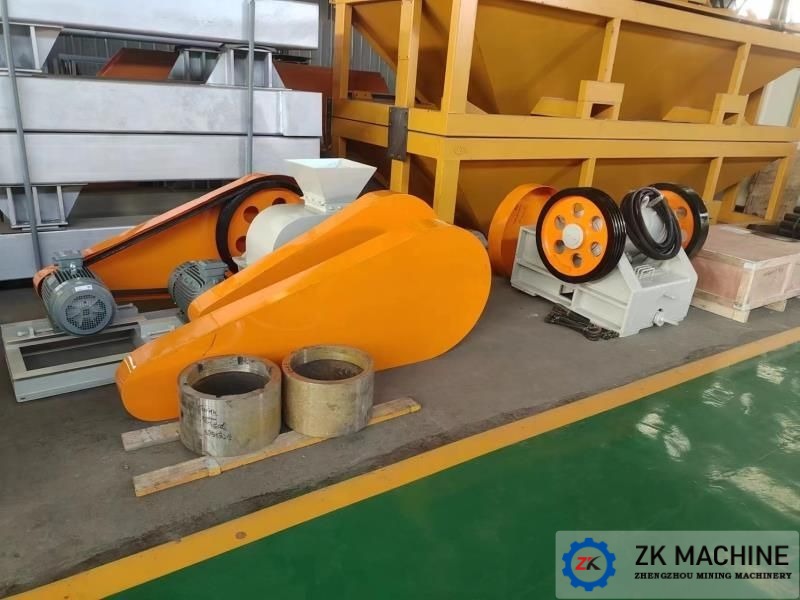Preparation Technology of Sludge Ceramsite
Sludge is a by-product produced in the process of urban water treatment. It has the characteristics of high moisture content and low strength. And it often contains harmful ingredients such as pathogenic bacteria, heavy metals and toxic, harmful and refractory organics. If it is not properly handled, it is very easy to cause secondary pollution. Traditional sludge disposal mostly uses sludge landfill, land use, sludge composting, sludge incineration, sludge drying, and ocean dumping. These methods have certain drawbacks. Among them, ocean dumping has been strictly prohibited. Landfill occupies a lot of land resources, and it is difficult to control the exhaust gas from sludge incineration. Therefore, research on new sludge treatment and disposal technologies to realize the utilization of sludge resources has attracted more and more attention.
Ceramsite has the advantages of high strength, low density, sound insulation and noise reduction, difficult heat conduction, shrinkage resistance, rough and porous surface, large specific surface area, etc., and has broad application prospects in construction materials, water treatment, sound-absorbing materials, horticultural substrates, etc. . According to different raw materials, ceramsite can be divided into clay ceramsite, sludge ceramsite, shale ceramsite, and fly ash ceramsite. Among them, clay and shale are non-renewable resources. The state has issued relevant policies to prohibit mining or restrict exploitation. . The chemical composition of sludge is similar to that of ceramsite preparation materials, so researchers consider using dehydrated sludge to replace non-renewable resources such as clay and shale to produce ceramsite. Compared with industrial sludge, municipal sludge has a large output and relatively simple composition, and has become a key research object for the preparation of ceramsite from domestic and foreign sludge resources. According to the preparation process, ceramsite can be divided into sintered ceramsite, sintered ceramsite and non-fired ceramsite. The sintered ceramsite has low density, rich internal pores, and wide application fields, so there is more research attention.
1.1 Feasibility analysis of preparing ceramsite from sludge
Studies have shown that the preparation of swelling ceramsite must meet two basic conditions: ①The raw material contains enough gas-producing components; ②Under high temperature conditions, enough glass phases are produced to wrap the generated gas. The main components of the raw materials for firing ceramsite are generally SiO2, Al2O3, Fe2O3, CaO, MgO, K2O and Na2O, etc., and the composition of the aging material after the batching should meet the elements in the following table:
Chemical Composition | SiO2 | Al2O3 | Fe2O3 | CaO | MgO | K2O+Na2O | Ignition Loss | Moisture |
Content % | 50~65 | 10~22 | 5~9 | 3~6 | 2~5 | 5.3~8.6 | 20~25% | |
If the element Fe2O3 in the table is not enough, you can add iron mud as a supplement. If Al2O3 is not enough, you can add a high-alumina substance, such as kaolin.
1.2 Problems encountered in the development of sludge ceramsite
After several years of development of sludge ceramsite, at this stage, we have initially grasped the production technology and formula research problems of sludge ceramsite. The most important problem to be solved at present is how to refine production. Zhengzhou Mining Machinery is actively developing and researching the existing odor control and sludge storage technology investment in the sludge receiving process, the deodorization technology in the sludge ceramsite aging process, and how to increase the sludge in the raw material ratio. Systematic research and production line construction have been carried out on core technologies and equipment such as large mixing ratio technology, how to increase single kiln capacity in firing technology, and flue gas and exhaust gas treatment technology. After years of research and practice, the basic theoretical system for preparing lightweight ceramsite from sludge resources has been basically formed, and a certain number of sludge ceramsite demonstration production lines have been built.
1.3 Application of sludge ceramsite
As an important product of sludge resource utilization, sludge ceramsite has the characteristics of stable chemical properties, low density, good heat resistance, and rich pores. It has been widely used in construction, environmental protection, gardening and other fields.
(1) In the aspect of building materials utilization, the use of lightweight ceramsite to prepare lightweight aggregate concrete and building materials such as blocks has been extensively studied. The use of sludge ceramsite to prepare lightweight aggregate concrete has higher porosity and lower density than commercial concrete, and at the same time reduces the thermal conductivity, and the concrete compressive strength can reach 11.1 MPa.
(2) Using sludge ceramsite to prepare concrete, the 28-day compressive strength of ceramsite lightweight aggregate concrete can reach 49 MPa, which is much higher than the 17.2 MPa required by ASTM C330 and ACI318 specifications. Surface resistance and ultrasonic pulse testing show that the concrete properties are excellent.
(3) In water treatment, sludge ceramsite is widely used because of its low density, rich pores, and good biocompatibility.
The use of sludge to prepare lightweight ceramsite is one of the important ways to realize the utilization of sludge resources, and it can be widely used in construction, water treatment and other fields. The preparation of sludge ceramsite needs to be further combined with the use and performance requirements of ceramsite, and the ratio of raw materials should be rationalized. At the same time, research on related swelling mechanism and roasting conditions should be carried out to further increase the amount of sludge. In addition, the application range of sludge ceramsite can be further expanded by modifying and loading functional components.

